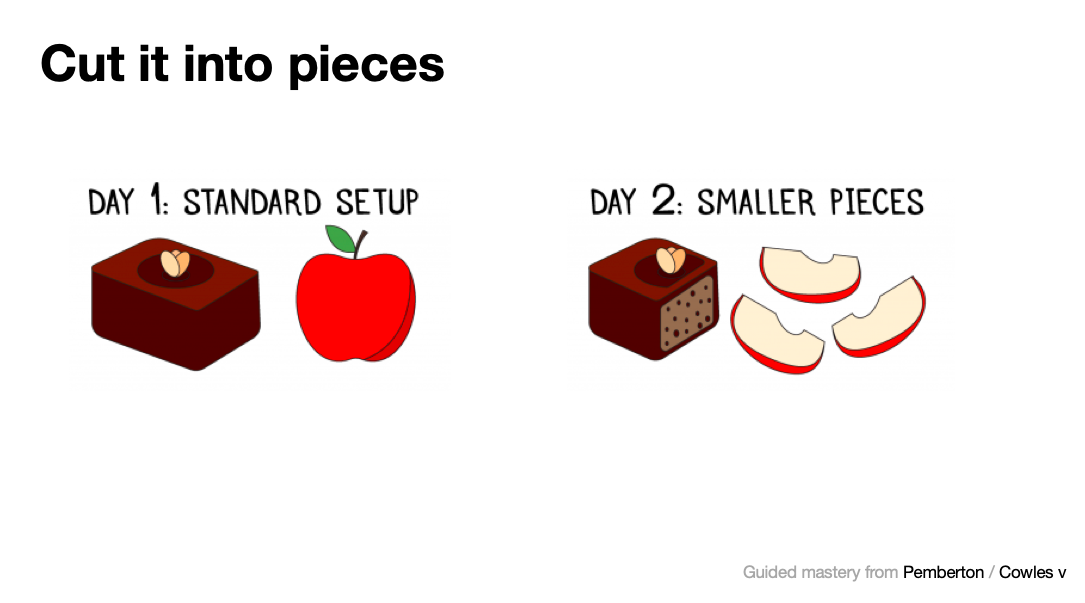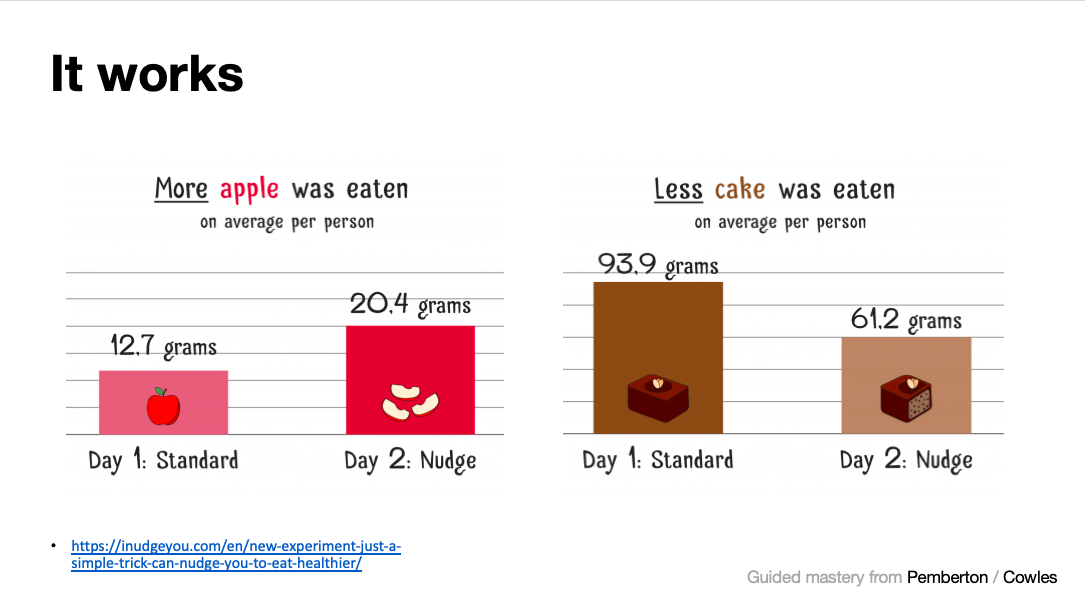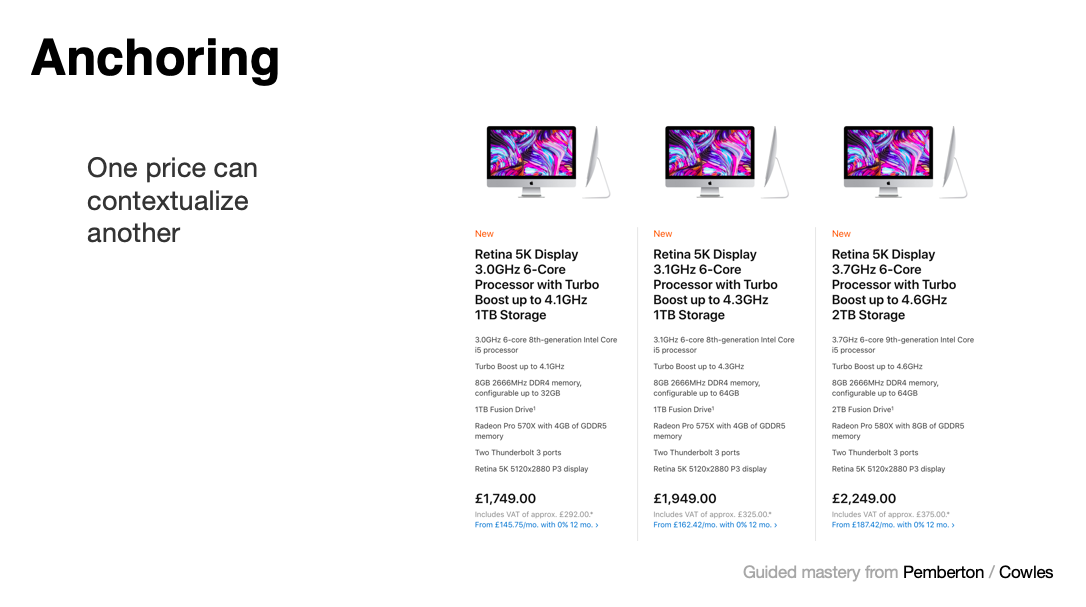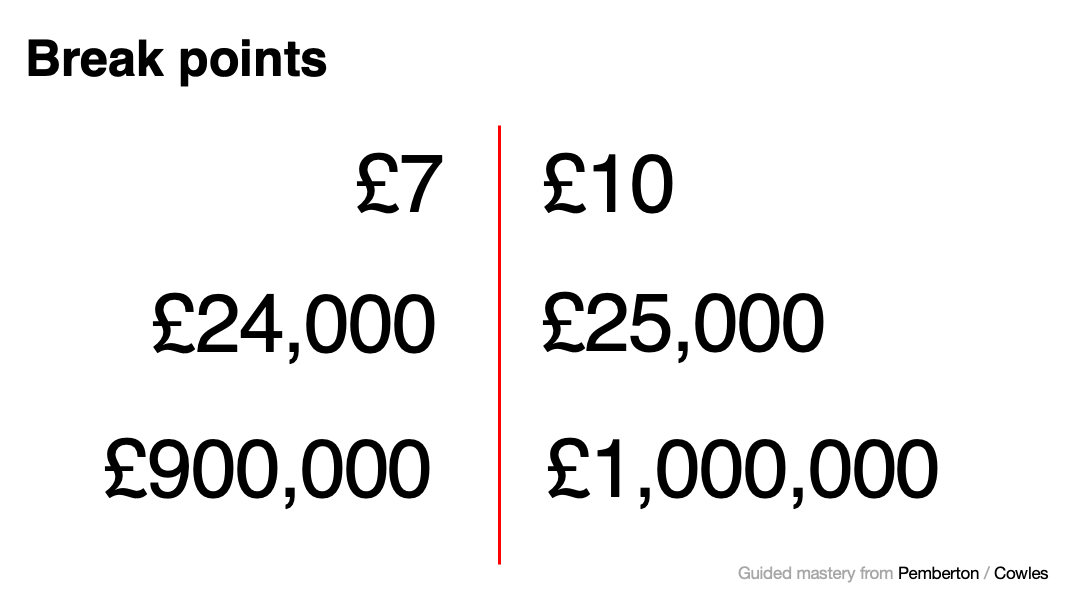Never Lose Another Pitch: how to frame your quote
“Overcharging has no downside,” a colleague once said to me. “If you win the work you get paid more. If you don’t win it, you don’t have to do it!”
While I enjoyed his logic and firmly believe you should charge what you are worth, the best idea is to offer the right price and be able to explain why.
Without getting into the long weeds on how much money you should ask for your services, I’d like to offer some hard-worn wisdom on how you might frame that price.
It has been scientifically proven that if you want people to eat Apple, the best thing to do is to cut it into small pieces. The same goes for your price.
Another way to make your fees easier to swallow for your client is to delay the pain of payment. Most new cars are bought this way.
Use anchoring to make your price look reasonable compared with another, much more expensive option.
When people think of buying a new home, they usually have a fixed price in mind they are unwilling to go too far away from. In B2B the principle is the same. See if you can figure out what your clients’ “break points” are for this kind of work and charge appropriately.
Posted in: Infographic of the day



